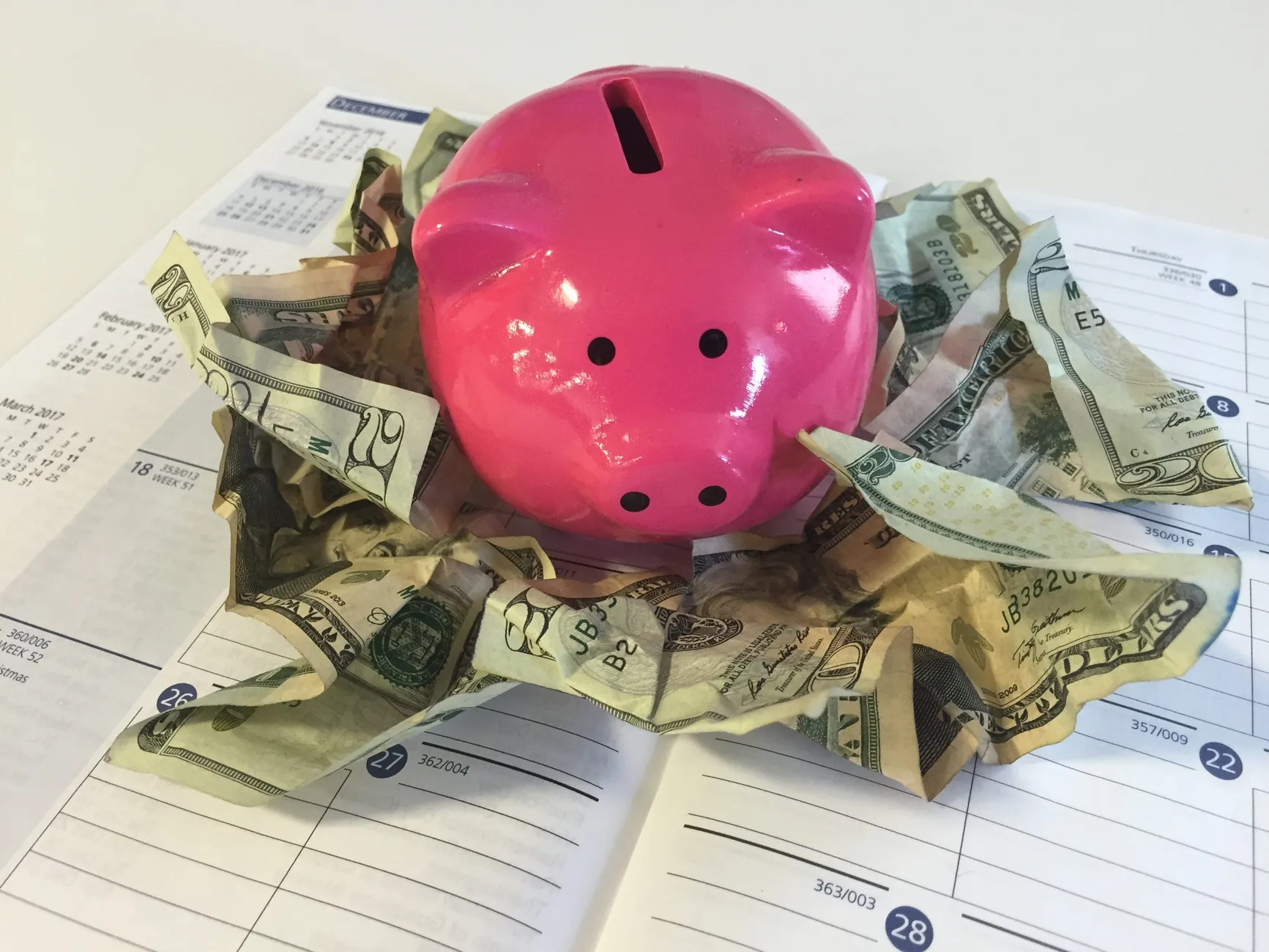
It’s a widespread belief in American life: it’s hard to become a homeowner, but once you’re in the door, you’re home free, with few of the financial challenges that often plague renters.
Not so fast.
Yes, homeownership often represents much more stable living expenses than renting – but in an age of rising insurance costs and property taxes, that tradeoff isn’t so clear-cut any more. And many Americans would agree that the price of everything else, from eggs to medical bills just seems to grow by the week.
That includes home prices. Home values are up roughly 50% in five years, leaving households with $35 trillion in equity. Of that amount, homeowners who have a mortgage have $11 trillion in “tappable equity” – money that can be borrowed against while leaving a 20% equity buffer in the home – as of the start of 2025, according to the ICE Mortgage Monitor.
Anyone who knows the feeling of being house-rich but cash poor probably also knows the uncertainty of navigating the options that bridge those two realities.
There have long been a plethora of financial products available for homeowners, from home equity loans to reverse mortgages, said Noelle Melton, vice president of national homeownership programs and lending at the national nonprofit NeighborWorks America.
But it’s critical that homeowners understand the financial products that exist, their pros and cons, and how or if they fit into their own individual financial plan, Melton added.
“People don’t often view themselves as having assets,” she said. “They’re focused on figuring out how to put pieces together to make ends meet. But everyone can benefit from having an unbiased guide to advise them on the bigger picture of how this impacts their long-term financial health.”
Bank products for tapping home equity
The most familiar ways to convert equity to cash are loan products, offered by banks and other lenders.
Home equity loans give you a lump sum payment – usually with a fixed interest rate, but not always – that must be paid back over a period of years. Home equity lines of credit set out a certain maximum amount you can borrow, pay back, then borrow again. HELOCs typically have floating interest rates.
Cash-out refinances allow you to take out a new mortgage that’s more than what you currently owe, then pocket the difference as cash. Reverse mortgages, which are available only to homeowners over 62, act in the opposite way a traditional mortgage does: the lender pays the homeowner a certain amount either every month or as a one-time lump sum.




